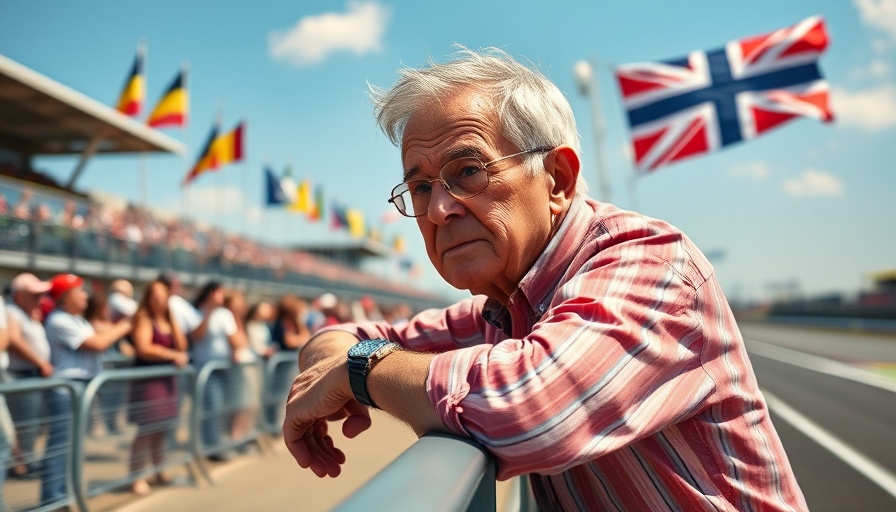
Understanding the Physics Behind NASCAR's 'Big One' at Talladega
Brad Keselowski has accumulated six victories at the iconic Talladega Superspeedway, making him one of the most successful drivers in NASCAR history. However, even for a driver of his caliber, the challenge of navigating this wild and unpredictable track has changed dramatically over the years. With the introduction of the Next Gen car, Keselowski has found himself adapting his racing philosophy significantly.
"You’re definitely more reactive at Talladega than proactive these days," he recently stated. This physics of racing has become increasingly complex, with drivers having to deal with high-speed crashes and the inevitable chaos known as the 'Big One.' For Keselowski, understanding the energy fluctuations and dynamics within the race is crucial.
Why The 'Big One' is Inevitable
The 'Big One' refers to catastrophic crashes that happen during races, and according to Keselowski, it’s a statistical reality that drivers must accept. "It’s more energy than the field can take," he explained. The cars, when positioned close to one another at high speeds, create a reaction akin to a series of rubber bands; once they get too stretched, they snap back, often resulting in a multi-car pile-up.
This phenomenon becomes particularly pronounced with the Next Gen car model, which significantly relies on physical pushing rather than aerodynamic driving. As Keselowski aptly noted, racing is essentially a large-scale science experiment, where understanding the mechanics at play can sometimes mean the difference between victory and a wreck. "NASCAR is this gigantic science and physics event," he stated.
The Strategy Behind Surviving Talladega
Entering this weekend’s Jack Link's 500, Keselowski is positioned 31st in driver standings, but he maintains a calm demeanor. He acknowledges the changes in NASCAR’s point system—that success is not rigidly defined by early-season performance, and the focus should be on timing one's momentum for the later stages of the season.
"My goal is to put ourselves in position to win, avoiding crashes but still getting the results we need," he explained. This emphasizes the importance of strategy over raw speed at Talladega, illustrating how knowledgeable drivers can navigate the track’s high-stakes environment.
What Fans Should Know for the Upcoming Race
For both avid fans and casual observers, understanding Keselowski’s insights adds richness to the viewing experience. Expect collisions; they are a given in superspeedway racing. By accepting this chaotic element, fans can appreciate the strategy that goes into every lap, beyond just watching for individual skill.
As we gear up for the next race at Talladega, consider the intricate balance between speed, strategy, and survival that each driver must manage. It’s not just a race; it’s a high-octane physics lesson on wheels.
 Add Row
Add Row  Add
Add 

 Add Row
Add Row  Add Element
Add Element 




Write A Comment